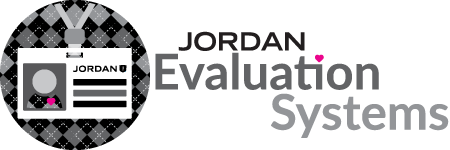Delivering Instruction
Developing Thinking Skills
Indicator 34 - Brainstorming and Use Ideas UETS 2d., 3f., 4c., 6d., 7e., 7f.
Effective teachers encourage innovation and creativity, prompting students to brainstorm for ideas. The brainstorming activities can be structured ideas written on paper or unstructured ideas called out by students. They use the diverse ideas generated by students in subsequent activities.
IDEAS/SUGGESTIONS:
- Use brainstorming to give students an opportunity to expand their creativity to its ultimate limit:
- Brainstorming is useful when you want students to create lists of possible topics for essays or journals, issues for discussion, solutions to problems or any activity that needs quick and unfettered group participation.
- Brainstorming sessions must have a time limit (3-5 minutes is effective).
- During the generation of ideas, all responses must be accepted; nothing constitutes a wrong answer.
- After the generation of ideas, responses are evaluated for immediate discussion and implementation or put away for future consideration. During evaluation ideas may be eliminated due to identified criteria.
- It is critically important to use the ideas which students come up with in their brainstorming sessions.
- General Brainstorming rules:
- Generate as many ideas as possible (quantity, not quality)
- Encourage all ideas (zany and creative)
- Build on to others’ ideas
- Evaluate and select ideas if specific criteria is being used in the activity
- Use brainstorming ideas to begin a specific activity:
- After helping a group of students choose a topic for a descriptive-writing assignment, encourage them to brainstorm with their learning group descriptive words to use in their writing based on their topic.
- Have students brainstorm possible endings of a story. Have the students work in groups to compare and contrast the endings using a Venn diagram.
- Give the class a number. Have the students brainstorm all of the different ways they could get to that number using their math skills.
- Assign students to create a new playground activity with rules and boundaries, using brainstorming to come up with the procedures. Have them conduct a mock session on the playground to determine what works, and what needs to be changed.
- Have a group of wood shop students brainstorm an idea for a new closet design, and then have them actually build it.
- Allow music students to brainstorm what musical instruments they want to select to create specific rhythms. Then have them meet in a group to play the rhythms they have chosen.
